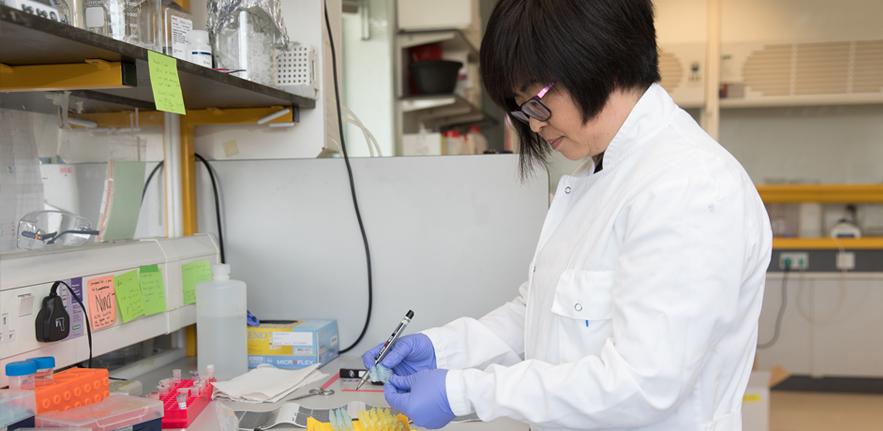
Axons and their synaptic terminals die first in most neurodegenerative disorders. Our research aims to translate important advances in basic science to protect axons and synapses in human disease.
One focus is Wallerian degeneration both after axon injury and in neurological disorders including peripheral neuropathies, Parkinson’s disease, motor neuron diseases, multiple sclerosis and glaucoma.
Another is the disruption of synapses in Alzheimer’s disease, one of the earliest stages of dementia that is closely linked to symptoms.
Our discovery of a protein that blocks Wallerian degeneration transformed understanding of axon degeneration mechanisms. A pathway involving four proteins is now known to regulate Wallerian degeneration in mouse, rat, fly, fish and human axons. Genetic, toxic, metabolic and inflammatory disorders activate axon loss through this pathway too and emerging evidence indicates a direct, causative role in human disease. We study the mechanism, the functional consequences of human gene variants and drug development.
Our novel model of Alzheimer’s disease allows drug delivery to intact circuits and long-term monitoring of APP and tau metabolism, inflammation and their consequences for synapses. We use this to study mechanisms and therapies for inherited and sporadic forms of dementia.
